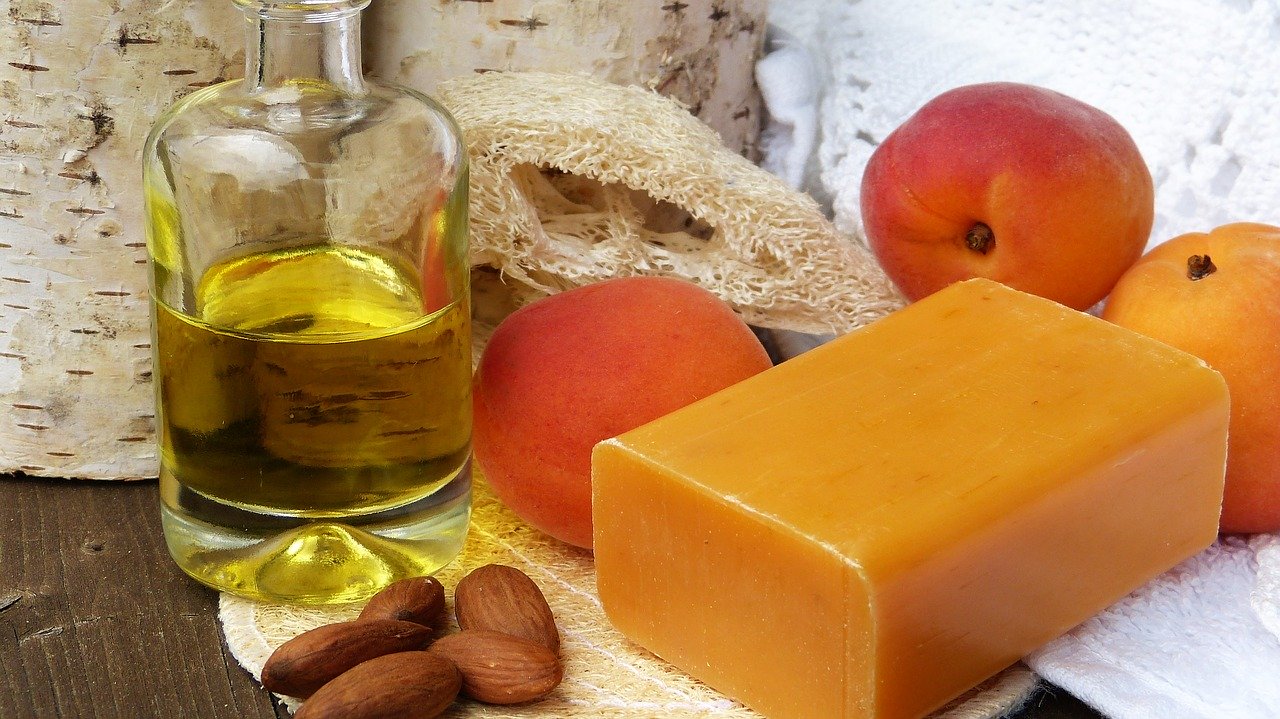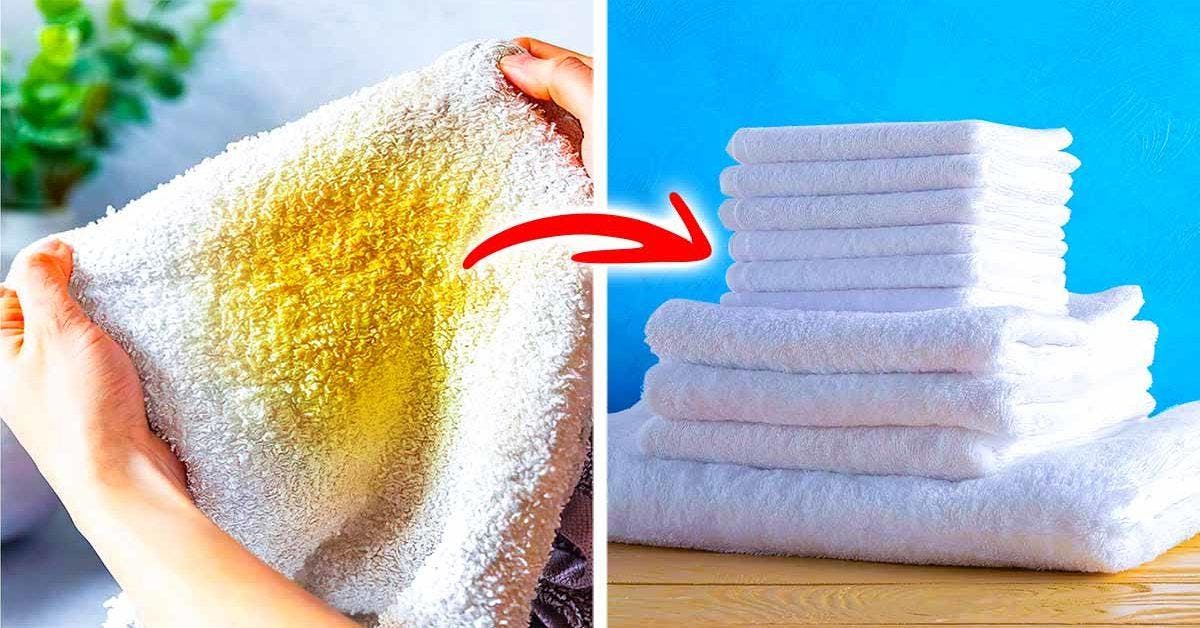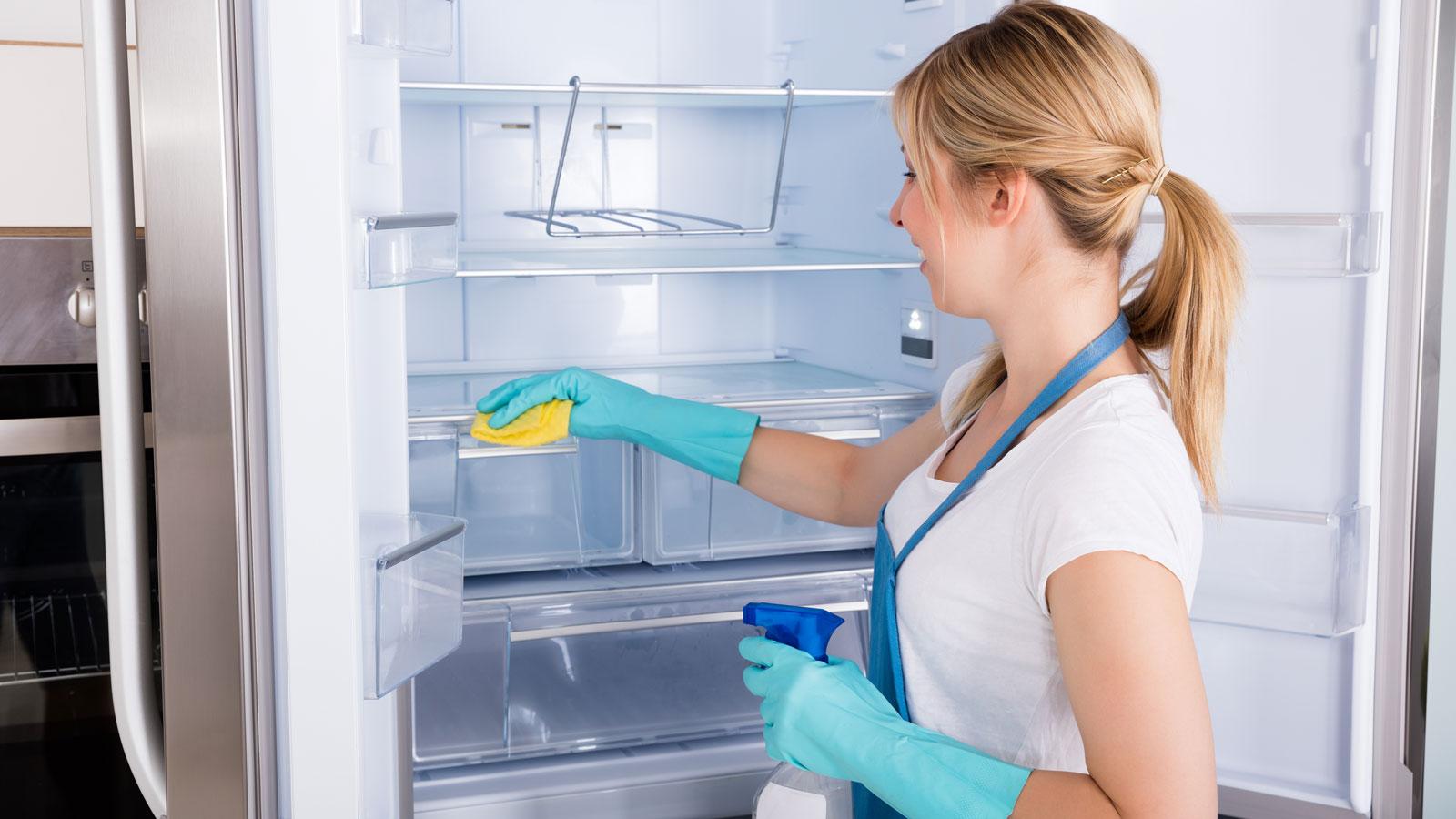Making soap is at once an incredibly easy and a very complex process. It’s easy because it only involves three basic ingredients: water, oil and lye. Its complex because each of the oils reacts differently to different types of lye, needs a different amount of water to react properly and may need different additives for different results. Here are several tips for every budding soap maker to make life easier.
Why Make Soap?
Making your own soap is easy once you have the tools and processes down.
It’s also quite inexpensive. The initial investment of oils and lye may cost more than a few bars of soap, but you can make an incredible amount of soap with those ingredients. You can use the soap yourself, or you can sell it at local farmer’s mar-
kets or over the Internet. Insufficient quantities, you can turn soap making into a lucrative home business. Soap making is also good for the environment. Homemade soaps lack the synthetic ingredients that come in commercial soaps. The most basic soap is made from a bit of ash and a bit of animal fat, both of which are highly natural ingredients.
Prepare, Prepare, Prepare
If you’re cooking, you don’t want to be halfway through the process before you realize you’re missing a key ingredient. You also don’t want to find out you’re missing oven mitts when you need to pull a dish out of the oven. You need to prepare for any project, and soap making is perhaps more reliant on preparation than most. A mistake in the process can result in a lumpy, half-formed bar of soap that at best barely works, and at worst can be dangerous. Here are items you will need:
Protective gear: Rubber gloves and protective glasses are essential
Mixing bowls: Make sure your bowls will not react to lye, which means no thin plastic, aluminum or wood. Steel, glass and enamel bowls are ideal, preferably with lips for pouring.
Solid mixing implements and measuring spoons: At least one large mixing tool needs to be heat resistant, and at least one set of measuring cups needs to be non-reactive to lye. You might also consider an electric stick blender for the time-
saving power it possesses.
Without an accurate scale for liquids, you cannot make soap reliably.
A way to measure the temperature of two hot liquids: This maybe two solid, accurate candy thermometers, or it may be an IR laser thermometer.
Molds: The simplest molds are wooden boxes lined with waxed paper, or glass and steel molds. Once you have the process down, you can use fancier shaped molds.
Plenty of cleaning supplies — rags, towels, etc — to clean up spills. You will be working with oil and lye, both of which are difficult to clean up.
Learn About Lye
Lye comes in two forms: sodium hydroxide and potassium hydroxide. Sodium is used for solid bar soaps, while potassium is used for liquid soaps. Cream soaps use a mixture of the two. Lye also comes in many forms, from flakes to pellets to powder.
Lye is dangerous. Lye is a caustic chemical that burns skin, strips paint and eats away at the fabric. Learn about lye before you start to use it. Learn how to protect yourself — that’s why safety glasses and rubber gloves are on the essential items list. Learn how to clean up spilled lye. Make sure you only work with lye in a ventilated area, as concentrated lye fumes can be dangerous.
If lye comes into contact with skin, use vinegar to neutralize it.
Before you begin measuring lye and oil to make soap, learn about the saponification process. This is the chemical reaction that makes lye and oil turn into the soap. Different oils require different amounts of lye to saponify fully, and you need to know these measurements before you begin.
Consider the Methods
There are several different methods for making soap. The most common is cold process, where you mix a water/lye mixture with oils and let it saponify. You can also use hot process, which does the same thing at a boiling point to cure the soap faster.
If the thought of using lye is intimidating, or you have a reason to avoid the chemical — such as children in the house — you can try melt and pour. Melt and pour takes existing bars of soap and melts them.
While the soap is liquid, you can add your own scent oils and dyes to combine. Pour the melted soap into molds and let it cool. This is a fun way to make soap with children as a project. It is also a good way to use up leftover scraps of soap that otherwise melt or get thrown away.
Don’t Be Afraid to Experiment
Once you have the basic process down, have a reference for different proportions of lye and oil and have a stock of ingredients, you can experiment. There are dozens of different oils you can add to soap to make scented soaps, both with natural essential oils and with artificial fragrance oils.
You can also add certain dyes to color your soap. Creative use of scents can produce perfumes as interesting as any candle store.
You can also experiment with molds and colors to create interesting shapes and designs in your soap. This is more time consuming, but the result can be a beautiful piece of homemade soap that works well as a gift.
Once you’ve learned about the soap making process, it’s easy to get started.
It’s a fun hobby when the proper safety precautions are taken, and it can become a wonderful business opportunity.




